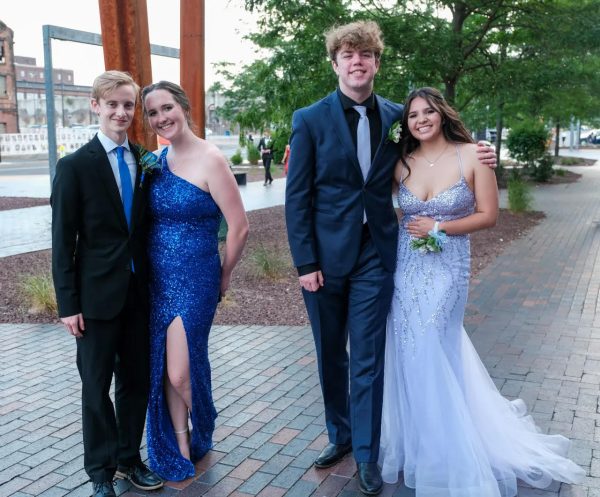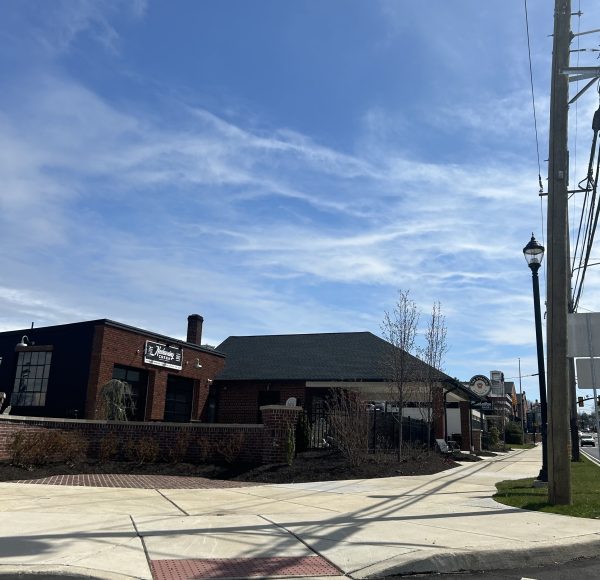Basic Embroidery Stitches
Learning how to embroider can look a little intimidating, but it really isn’t as hard as it seems. If you have a needle, thread, and fabric, you already have everything you need to embroider! Embroidery is a very relaxing and easy hobby once you learn the basics.
Embroidery begins with threading a needle. If you can thread a needle, you can do half of it. Tip: if you’re having trouble threading the needle, try dividing the thread into smaller sections. It will make the thread thinner in the design, but sometimes the difference in sizes can look really cool. Having a needle with a bigger eye can also help sometimes, but make sure it’s not too big that it damages the fabric and the knot on the end of your thread slips right out of the fabric.
To start your embroidery, secure the thread in the back with a small knot. You may need to do a double or triple knot depending on how tightly woven the strands in the fabric are. Secure it so that the thread can’t slip out. Then you’re ready to begin! Many designs are created with simple stitches, weaving the thread in and out of the fabric in one direction. To make sure the fabric doesn’t bunch up, it’s best to do work in an embroidery hoop. The hoop holds the fabric tight so that your work can be smooth.
A simple weaving stitch is called a running stitch, and it looks like a dash line. Try to keep the stitches even in length, as it will give it a cleaner look. To do a connected dashed line (called a backstitch), you begin it as a running stitch, but when you come back up in the fabric to begin the next stitch forward, you instead go backwards and create almost a circle. If you look on the other side of the fabric, it will look like a double-thick dashed line. Once you can do the backstitch, you’ll be able to master the stem stitch pretty well. The stem stitch can be good for stitching writing or for stems of flowers. The stem stitch is similar to backstitch, except instead of coming up forward under the fabric and backwards above, you go backwards under the fabric halfway and go forward a full stitch above the fabric. The stitching pattern is like you’re making a coil or continuous loops.
Some other simple stitches are the French knot and the lazy daisy. The French knot is very simple; come up in the fabric, wind the thread around the needle 2 times (tightly), and come back down in the fabric right by where you came up, pulling the rest of the needle and the thread though until it’s tight and forms a little ball. For the lazy daisy, come up in the fabric, then go down the same hole, but do not go all the way through. Hold onto part of it so that it forms a “petal”. To secure this petal, you’re going to do a small stitch at the peak of the petal. Repeat this as many times as you want using the first hole you came up through as a guiding point and going in a circle to form a flower.
These five stitches are some of the basic stitches I first learned. Once these are mastered, then it becomes much easier to learn other stitches such as the padded satin stitch (which I’ve discovered to be very time consuming) or the woven wheel (I usually just call it a flower or a rose). Happy stitching!
https://sites.google.com/a/pennridge.us/loving-the-lost-arts/home?authuser=0
Grade 12
Enjoys various typing of crafting or card making, writing, singing, playing piano and guitar. Goal is to open a small coffee shop someday and...









